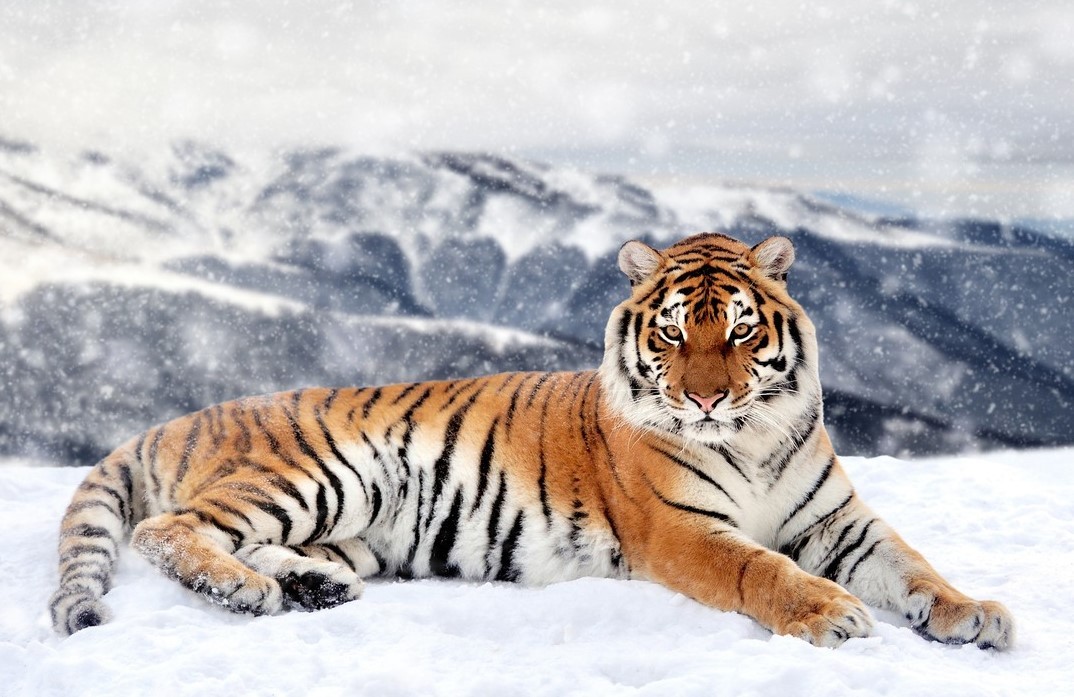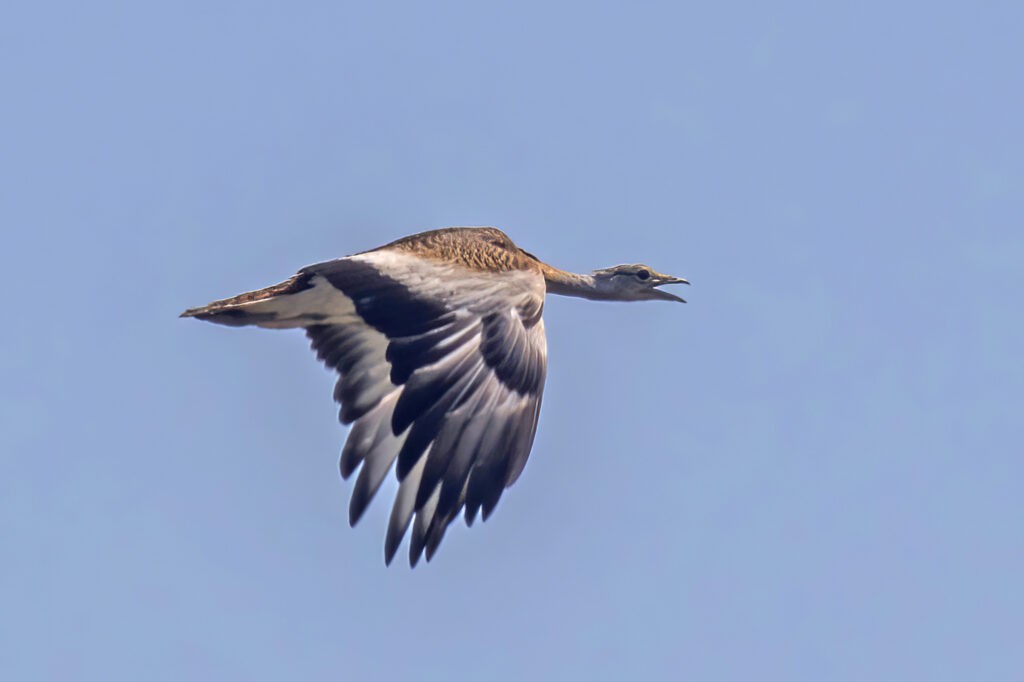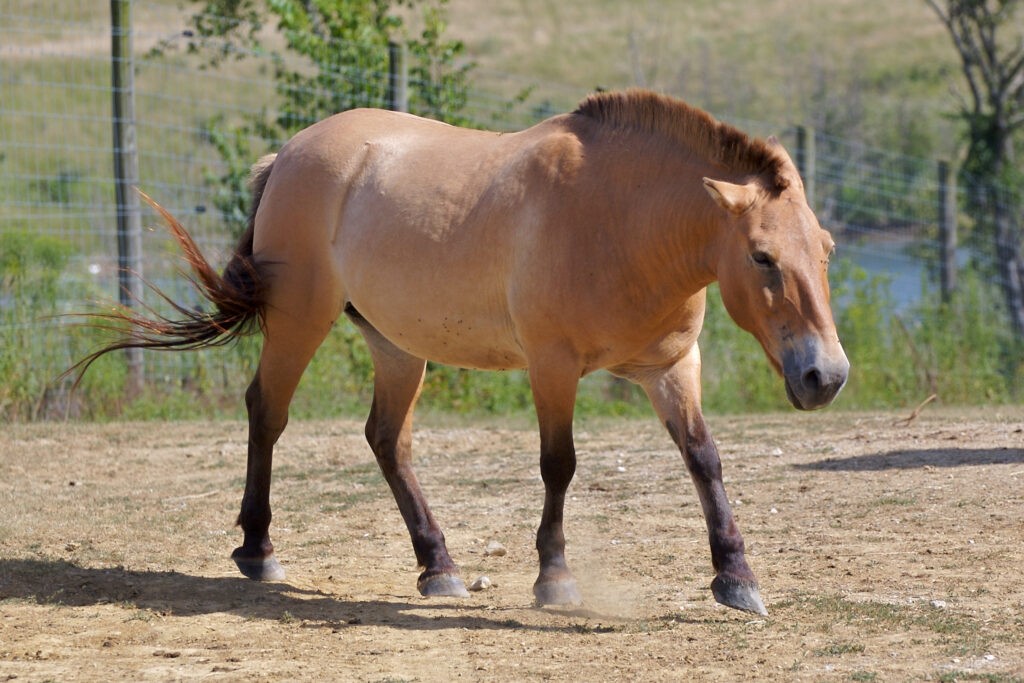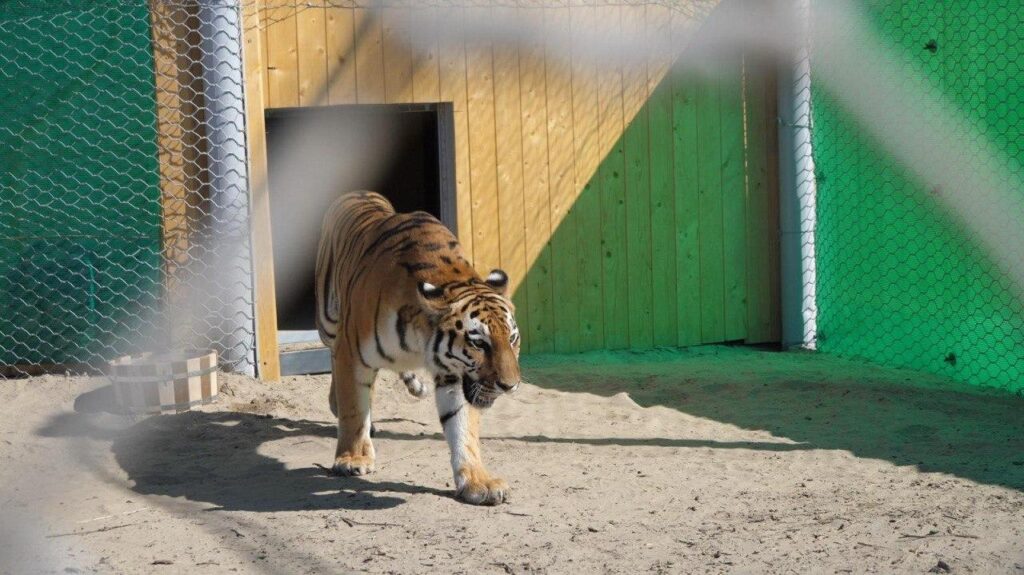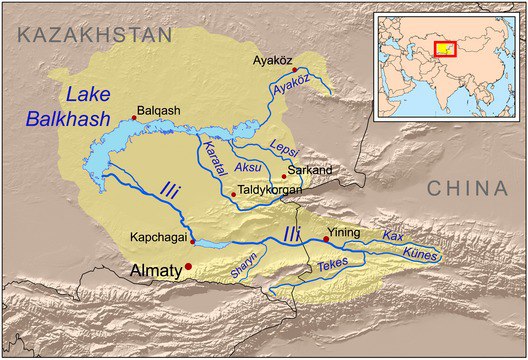A pair of Amur tigers from the Netherlands has been brought to Kazakhstan; tigers are not the only animals that Kazakhstan is getting back.
A few days ago, a long-awaited pair of tigers, bred in a special reserve in the Netherlands, arrived in Kazakhstan. Online, some worried that the tigers would not survive in the harsh climate, or would attack livestock and people. According to WWF Netherlands wildlife expert, Geert Poleta, these fears are unfounded.
For several years now, the international NGO, the World Wildlife Fund (WWF), together with the Government of Kazakhstan, has been implementing a program to return tigers to Pribalkhashye. The Amur tiger is a relative of the extinct Turanian breed. Historically, the habitat of the Turanian tiger in the country was reed thickets and floodplain forests along the banks of the Ili and Syr Darya rivers. The extermination of the animal began during the time of the Russian Empire, and the last Kazakh tiger was killed in 1948. Decades later, wild cats are returning to Kazakhstan.
As experts point out, this event is an essential step in restoring the ecosystem and lost biodiversity. Bogdana and Kuma, the names of the Amur tigers, flew for more than a day from the Dutch Holy Lion specialized center for predators at the Landgoed Hoenderdaell Zoo to the Ile-Balkhash State Nature Reserve. Permanent caretakers accompanied them.
At the Dutch zoo, “the animals were kept in separate spacious enclosures with minimal contact with visitors,” Gert Polet, a wildlife expert at WWF Netherlands explained. “Thanks to the spacious territory of the center, the tigers had their own area to live in the most natural conditions possible. In the summer of 2024, a Memorandum was signed between the Committee of Forestry and Wildlife of the Republic of Kazakhstan and the Dutch center, which provides for the free transfer of two tigers to Kazakhstan for further breeding and the release of their offspring.”
There is no need to fear that the big cats will harm residents in their new and unfamiliar conditions, as they will be kept under strict supervision. “Zoo tigers cannot be returned to the wild. The arriving tigers will never leave the territory of their enclosure. They were brought in for breeding and raising offspring. If the tiger’s birth project is successful, the adults will be moved to another enclosure, located at a center of the reserve which will be open to visitors,” Polet stated. He believes that Bogdana and Kuma have a 60% chance of having cubs.
Tiger cubs born in the enclosure of the Ile-Balkhash reserve will be reared following international standards and protocols. At one and a half to two years old, they will be prepared for release into the wild.
In addition, the new residents of the reserve will be monitored constantly by video and cared for by a dedicated member of staff. “Over the past year, a veterinarian from the Zholbarys Association has been trained in various clinics and zoos in Russia. She also visited the zoo where our tigers were kept. The Kazakhstani specialist underwent a full course of educational training on the care and supervision of tigers. The staff of the animal rehabilitation center shared their extensive experience with her. She was the first to meet Kuma and Bogdana, studied their condition in detail, and familiarized herself with all stages of their care. The veterinarian has the best knowledge of these tigers,” said Polet.
“This is certainly a momentous and historic event – part of an ambitious program by the Government of Kazakhstan, supported by the WWF and UNDP, to restore the Ile-Balkhash River Delta ecosystem and reintroduce tigers to the region. These predators became extinct in Kazakhstan more than 70 years ago, and now the whole world is witnessing this incredible event,” he added.
The relocation of the tigers is an important step not only in terms of returning the big cats to their historical homeland, but also towards restoring a sustainable ecosystem which will benefit both people and nature. This project symbolizes global efforts to conserve biodiversity and maintain an ecological balance.
Minister of Ecology and Natural Resources Yerlan Nysanbayev also discussed plans to reintroduce tigers to Kazakhstan. According to Nysanbayev, the WWF is financing the program, and although the pair will not be released, “their resulting offspring will be adapted to the conditions already in the wild. In addition, next year, we expect to receive three or four tigers from Russia.”
In 2018, Kazakhstan created the Ile-Balkhash reserve with an area of more than 415,000 hectares, which will be home not only to wild cats, but to other rare and threatened animals. In 2022, about 50 kulans (Asiatic wild ass) were transported from the Altyn-Emel National Park to the Ile-Balkhash reserve. For their adaptation, the animals were placed in a special enclosure with an area of 22 hectares.
Five Bukhara deer have also previously been brought in. The reintroduction of deer on the reserve began back in 2018, and subsequently, for the first time, five ungulates were released onto the enclosure. Now, their number has increased to more than a hundred individuals. UNDP project expert in Kazakhstan, Aiman Omarbekova has stated that the second stage of the transportation of kulans to the reserve territory will begin this year with 35 animals being delivered.
